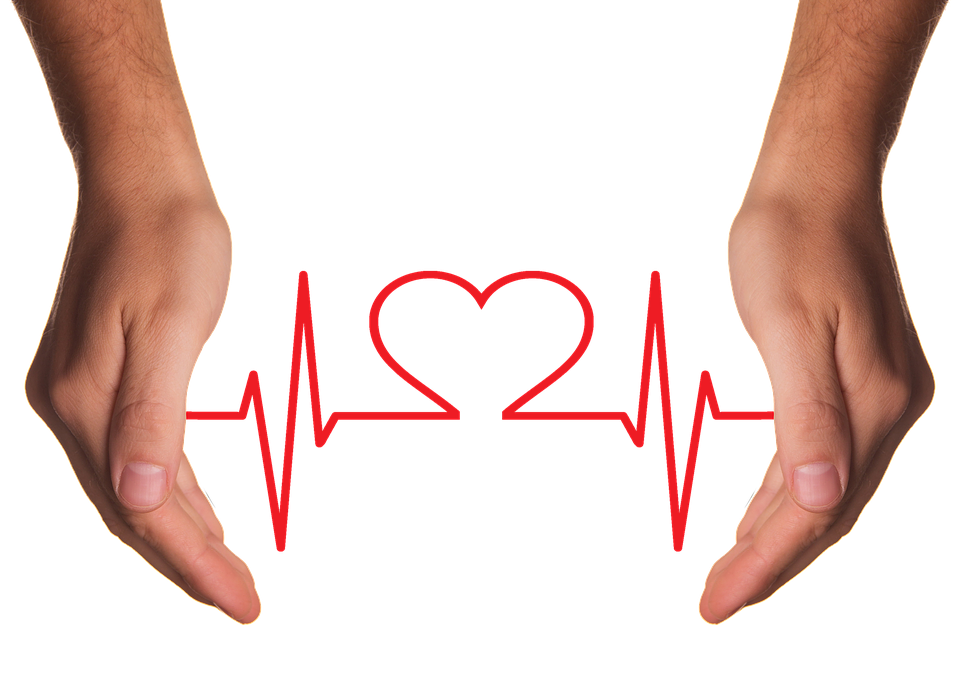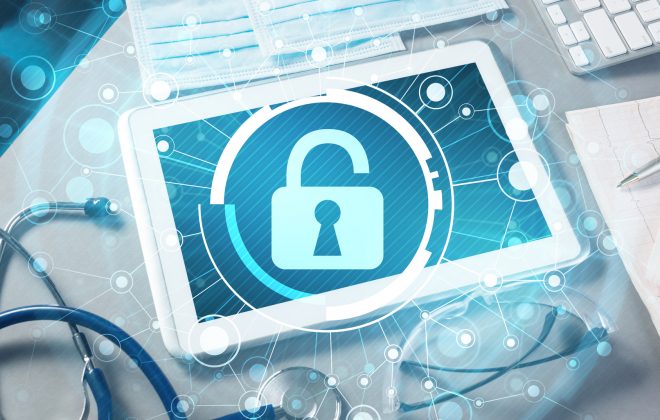The Role Of Technology In Ensuring Patient Safety
There is tremendous pressure on healthcare organizations to ensure that patients are diagnosed and treated in the most accurate and timely manner. A lot of work is happening in this area. And despite that, the statistics around patient safety paint a grim picture.
The World Health Organization reports some shocking numbers:
- Out of the 421 million hospitalizations in the world annually, approximately 42.7 million adverse events occur during these hospitalizations.
- More than a million patients die of surgical complications annually.
- Administrative errors account for up to half of all medical errors in primary care.
- Patient harm is the 14thleading cause of morbidity and mortality across the world.
- Medication errors cost the healthcare industry an upwards of $42 billion annually
- Hospital infections affect 14 out of every 100 patients that are admitted.
Given that every patient journey involves decisions made by multiple healthcare professionals, the potential for errors are many. Health information technology presents several opportunities for reducing human errors, facilitating coordination, and improving clinical outcomes. When used correctly, it can ensure evidence-based healthcare decisions are made at each step of the patient journey.
Here are 6 ways in which technology can help in ensuring patient safety:
- Visibility into the patient journey: Most patients have a history of ailments, but since doctors rarely have detailed insight into past illnesses, that can hugely impact patient safety. Technology plays a major role in providing end-to-end visibility into the patient journey. Through the use of EHRs, hospital staff can unearth insight into previous ailments, medication information, treatment plans, allergy details, and more. Access to such detailed information can enhance the quality and timeliness of healthcare decisions, allowing doctors to drive better diagnosis, and dramatically improve patient safety.
- Patient information handoff:Patient safety is at increased risk during end-of-shift handoffs, when patients are moved from one healthcare department to another, and during discharge. Technology can streamline the transition of care from one caregiver to another (or to patients and their families). Modern handoff tools that are integrated with EHRs can ensure structured and quick transfer of patient information. They can reduce errors arising from miscommunications, delays in diagnosis and treatment, duplication of tests or treatment, while minimizing patient discomfort, and cutting down the duration of hospital stays.
- Patient health monitors: A lot of medical errors are the result of clinicians not having details about patient history, current treatment schedules, and medication plans. Real-time data storage and processing through bedside patient health monitorsallows care providers to have access to critical patient health and treatment information. From drug information to medical references, patient health history to allergy information, lab reports, and more – these health monitors enable hospital staff to easily store, retrieve, share and make use of health care information for enhanced communication and decision-making across the healthcare organization.
- Automated dispensing machines: According to the NCBI, in the US alone, around 7,000 to 9,000 people due to medication errors, which costs hospitals more than $40 billion. Automated dispensing machines, touted to be a $2.3 billion market by 2024, allow healthcare organizations to safely store, dispense, and track drug distribution. Armed with digital interfaces, these machines automate the medication dispensing process and minimize the chances of medication errors. For example, modern smart pumps are equipped with medication error-prevention software; when infusion setting is set outside of pre-configured safety parameters, they provide alerts, allowing providers to take immediate action to improve patient safety.
- Medical device interoperability: Numerous devices and systems are used across the patient journey: from diagnostic equipment to treatment devices, laboratory equipment to patient monitors, healthcare information systems, and more. To reduce patient risk, it is important that data across these devices is automatically integrated for timely updates, minimized human error, and improved workflow efficiency. Medical device connectivity through Wi-Fi, Bluetooth, and other near field communication mediums allows devices to be more interoperable, enabling automatic transfer of data between various devices forimproved clinical outcomes.
- Remote patient monitoring: Although, medication errors, miscommunication, and the risk of infection are high in the hospital environment, many patients are discharged without being offered any proactive care while they are at home. Advances in telehealth have made remote patient monitoring a reality. Reports suggest the telehealth market will be worth $9.35 billion by 2021. Using technology, healthcare institutions can remotely monitor at-risk patients for heart failure, stroke, asthma, and hypertension and more. For example, hospitals can use automatic fall detection devices to allow the senior population to live safely and independently – in the comfort of their homes.
Drive patient-centered care
Patient safety has become the prime responsibility of every healthcare organization. Technology has a great role to play in helping healthcare organizations prevent and reduce the impact of incidents or injuries that arise during the healthcare process. It can facilitate communication between clinicians, doctors and nurses, reduce the chances of error stemming from miscommunication and wrong medication, enable anytime, anywhere access to real-time patient and treatment data, make medical devices interoperable, remotely monitor patient health, and help drive patient-centered care.




